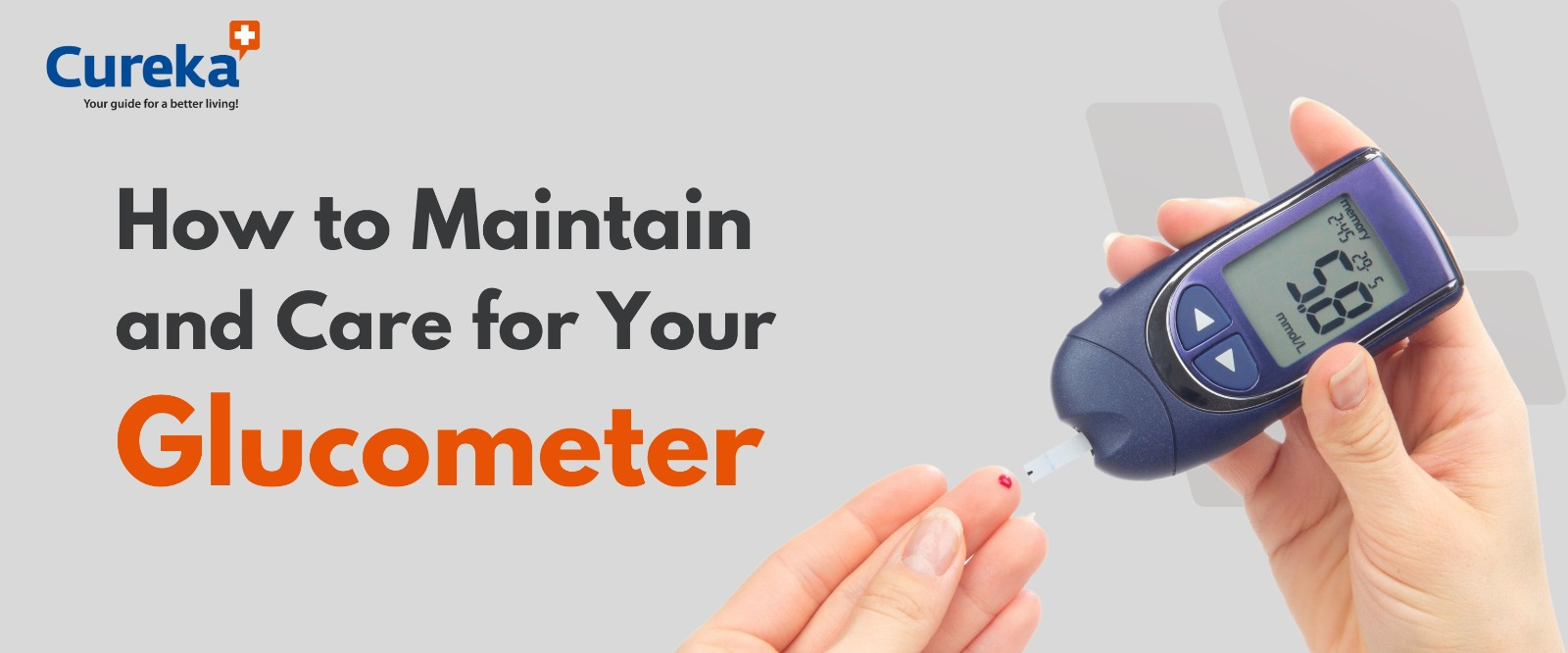How to Maintain and Care for Your Glucometer
Like any other piece of equipment, keeping your glucometer in a good condition is essential for accurate and reliable blood glucose readings. Here are some easy tips on how to maintain and care for your glucometer…
- Cleaning: Over the time, glucometers can become smeared with blood, oils from your fingers and dust. So, cleaning is the foremost thing to do. Use a soft cloth, gently wipe to clean the glucometer. Also, you can wipe the glucometer with alcohol using gauze or a cotton swab before use and between patients. Don’t submerge device into water or any solution. Always, check for manufacturer information for cleaning guidance; never use any aggressive solution to clean the device.
- Batteries: Most of the glucometers have low battery indicating feature; keep a spare set of batteries with it. Some model glucometer may not signal when the batteries are getting low, or you may see skewed readings before the low battery indication is shown. Identify your glucometer battery capacity and set a regular schedule for changing the batteries.
- Store Properly: Keep your glucometer and its accessories in a cool, dry place. Keep strips container tightly closed when not in use. Avoid exposing it to extreme temperatures or high humidity, as it can affect the performance and reliability of the device. Additionally, keep it away from direct sunlight and sources of moisture.
- Handle with Care: Care your glucometer to prevent any damage. Avoid dropping it or subjecting it to any strong impacts. Be gentle when inserting test strips or handling lancets to prevent bending or breaking. Follow the manufacturer instructions for inserting and removing test strips, lancets, and batteries.
- Check Expiry Dates: Expired strips or lancets may provide inaccurate readings. So, ensure that the test strips and lancets are within expiration dates. Always, check for expiry and dispose the expired ones.
- When to Change: For glucometer, the lifespan is based on the brand, model and how you are handling it. Ideally, you can replace your glucose meter every 4 to 5 years.
Points to be Noted
- Always wash hands before testing.
- Make sure you use the appropriate test strips for your meter.
- Don’t bend the test strips.
- Make sure to note down the results.
- Never go for any self medication based on the readings; always consult your doctor if you notice very high or low blood sugar level.
Remembering the above key maintenance tips will help to ensure that your glucometer is performing optimally, and your blood sugar readings are accurate. Contact a technician or maintenance department if the device continues to not work properly after addressing the common issues.














